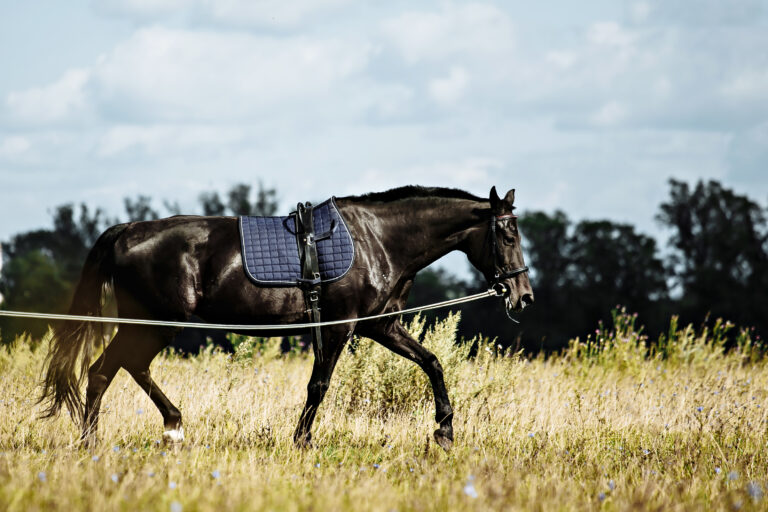
If you are like many people, when you hear the words “staff meeting,” several thoughts surface quickly: “Ugh, our meetings are so boring and we never seem to accomplish anything.” “Why do we need another one, didn’t we just have one?” “If this meeting runs late like the last one and I start my appointments late, I am going to scream!” It doesn’t have to be like this. Staff meetings can actually be interesting and engaging, with even a bit of fun thrown into the mix.
A staff meeting must feature several key elements to be successful:
- A set goals of desired outcomes;
- An agenda that has been shared with participants in advance;
- A strict time limit;
- An invitation list of desired attendees;
- Meeting summary notes that include an action plan or required next steps.
Too often meetings are held with no real reason other than they are included in a general meeting schedule. All of a sudden, the scheduled monthly staff meeting is tomorrow and the organizers are scrambling to come up with items to discuss.
To avoid this potential waste of time, decide in advance the expected goals of the meeting. Is it to inform staff on what is happening in the practice so everyone is on the same page? Is it staff education on a new service offering, or the new practice deworming recommendations? Or is the meeting a progress report on a project?
All of these items will have different outcomes, so knowing them in advance will provide the framework for the meeting.
Information sharing requires less time and might not even require the physical presence of everyone, so some staffers might be able to attend via phone.
Training is more focused and will require more time and active participation from attendees.
When possible, have lighter moments during the meeting to help everyone keep engaged, particularly in staff meetings. People should enjoy being together, so having a time where staff birthdays or accomplishments are celebrated, for example, break up the potential monotony of a meeting
No Surprises
Nobody likes surprises, so distributing the agenda ahead of time will decrease any anxiety some people might have as to what will be discussed, especially if they might need to actively participate. Even if the meeting is a project progress report, it is preferable to inform attendees in advance of what will be discussed, and who will be responsible for each agenda item.
Another source of meeting anxiety is the concern about meetings not running on time. Every person attending the meeting will have plans before and after the meeting, so starting and ending the meeting late, or even early, will not gain you any fans. If this is done continuously, future meetings will be faced with dread because the attendees know that carefully prepared plans for the day will be ruined.
Do I Need To Attend?
Not everyone has to be at every meeting, so consideration of who should attend is important. We are all busy, and it is very frustrating to be in a meeting knowing that your presence isn’t required. At the same time, having people come and go throughout the meeting because they are only needed for certain parts of it is also frustrating and distracting. Invite the individuals who are required and ensure they are available for the whole meeting.
Take Notes and Distribute Them
Finally, sharing meeting summary notes with action items is essential. The summary should not only keep everyone on the same page, but it should also have action items with due dates and those who are responsible for completing the tasks. These action items then become part of the agenda for the next meeting so attendees are informed or accountable if they have task responsibilities.
Take-Home Message
Whatever kind of meetings we hold, we want our staffs to look forward to them knowing that the meetings will be meaningful, efficiently run and that their presence is important. These are key attributes of an excellent meeting, and using these tips will help you have meetings that people don’t despair over attending.




